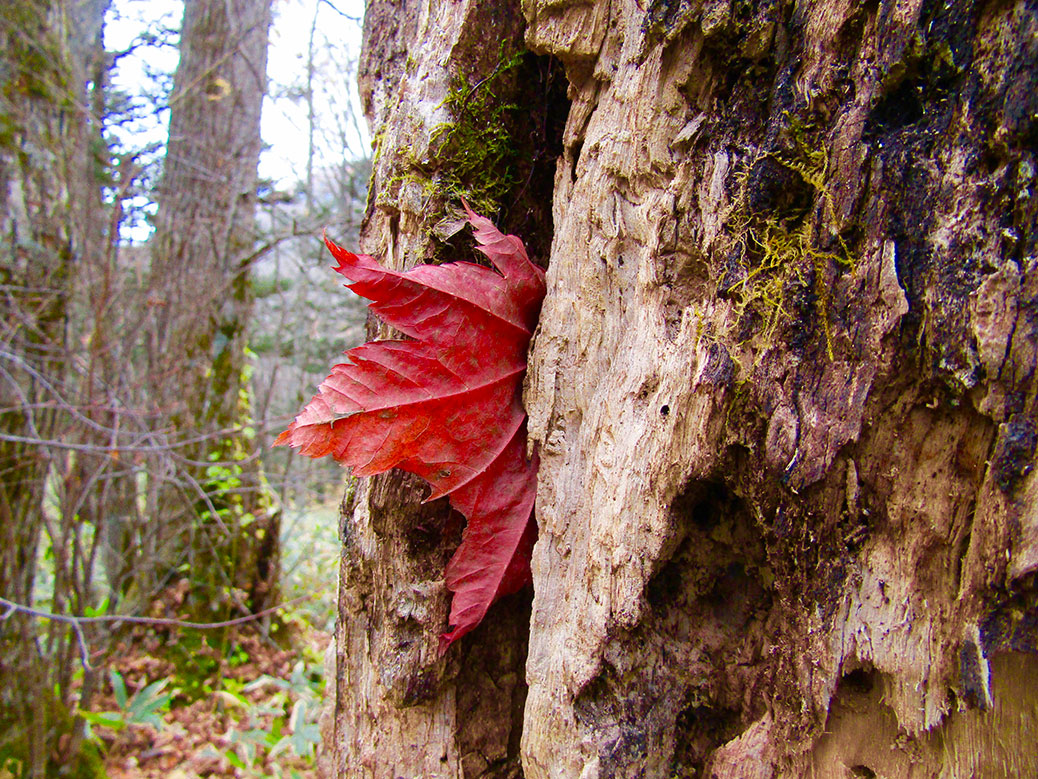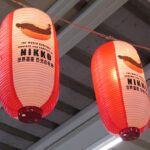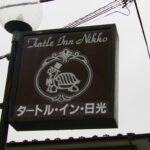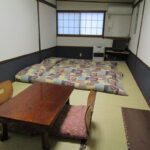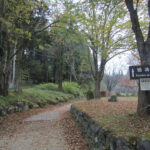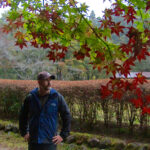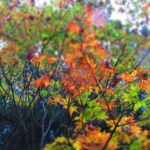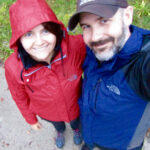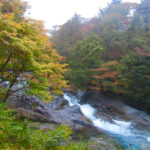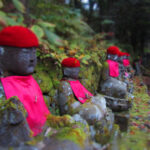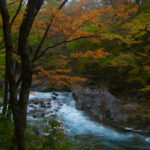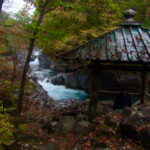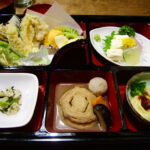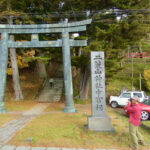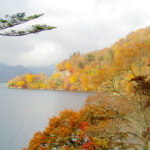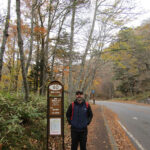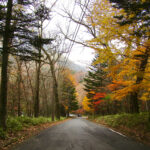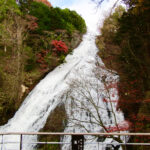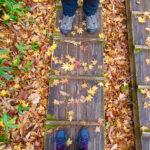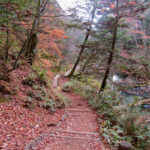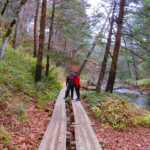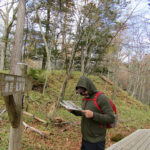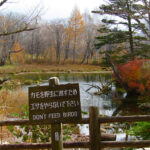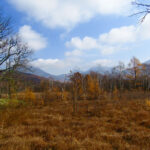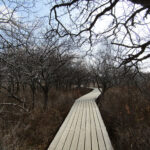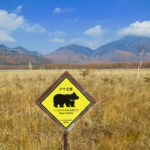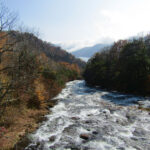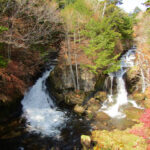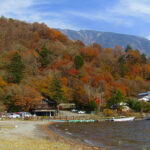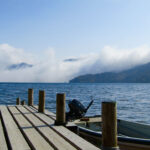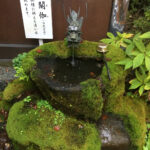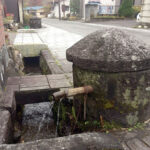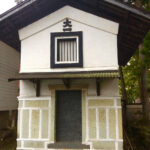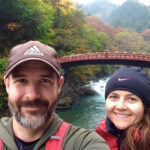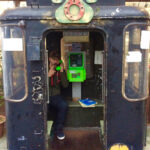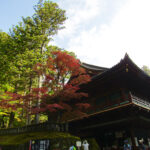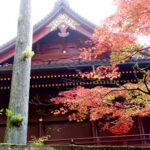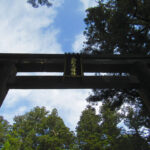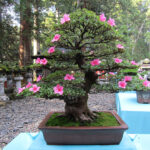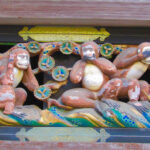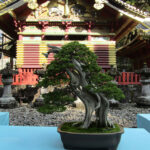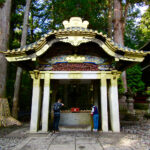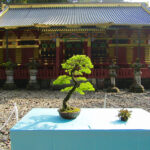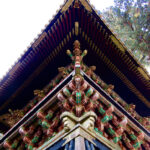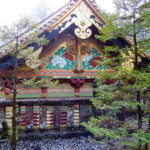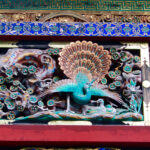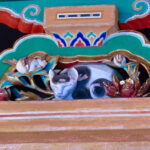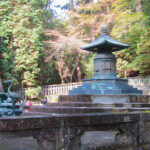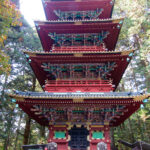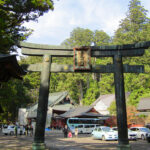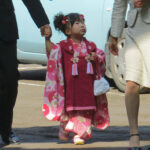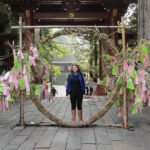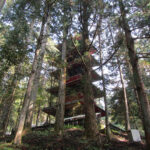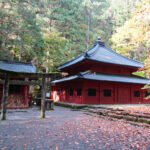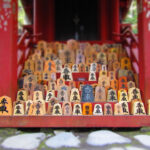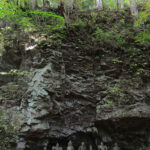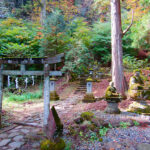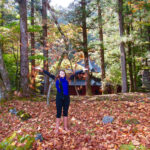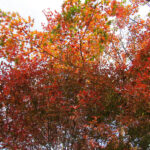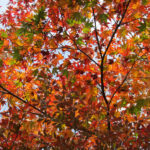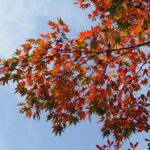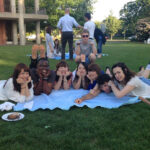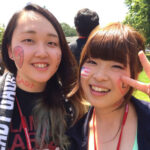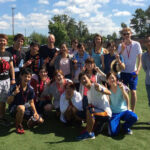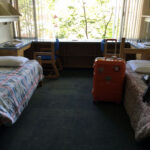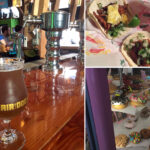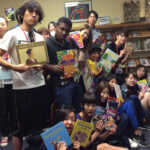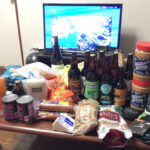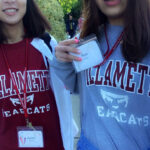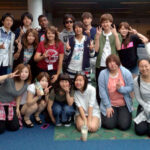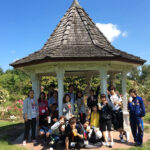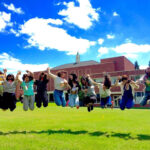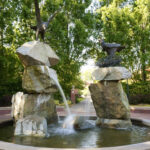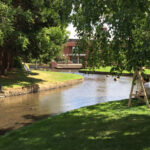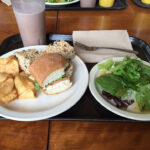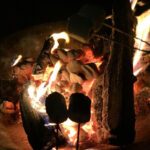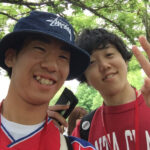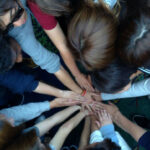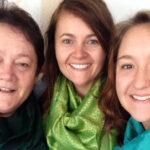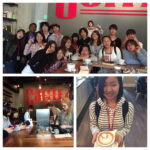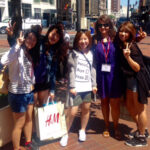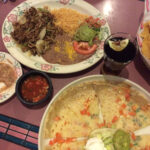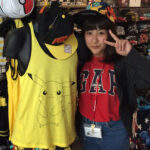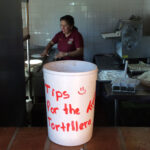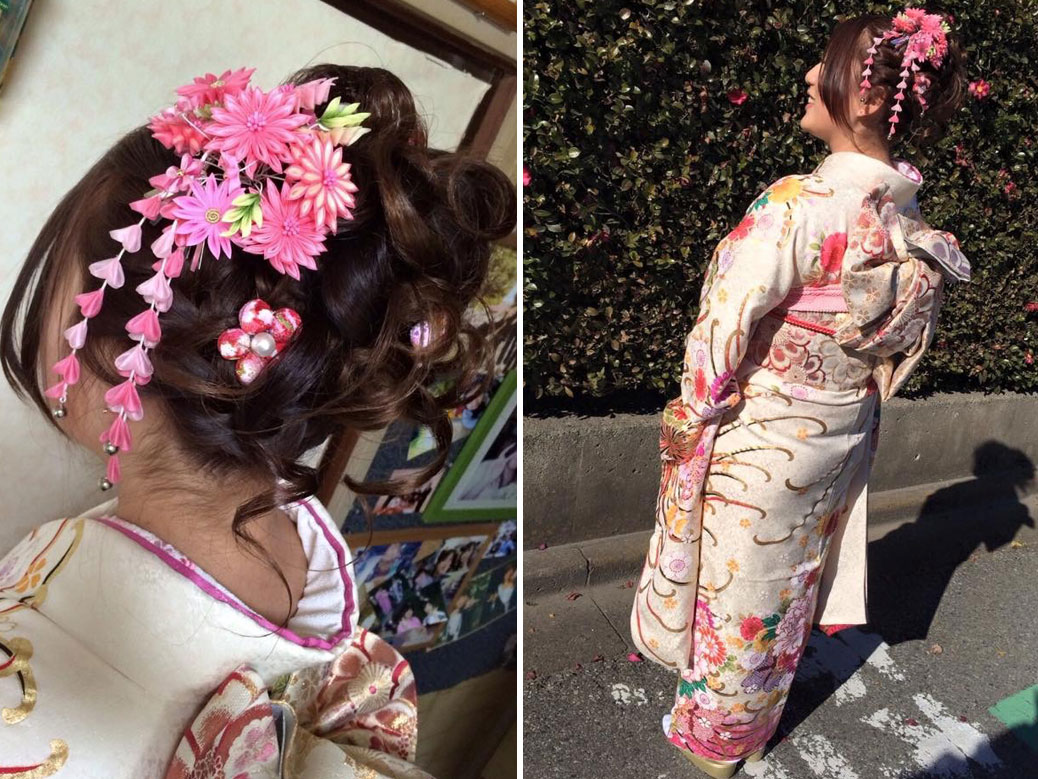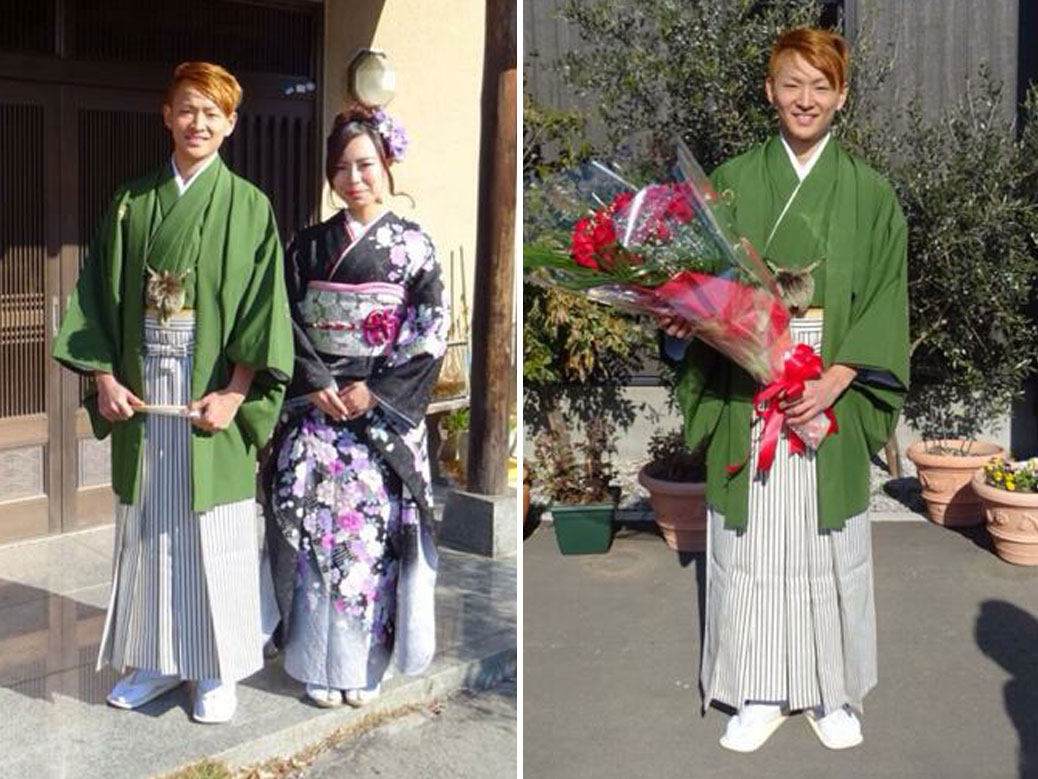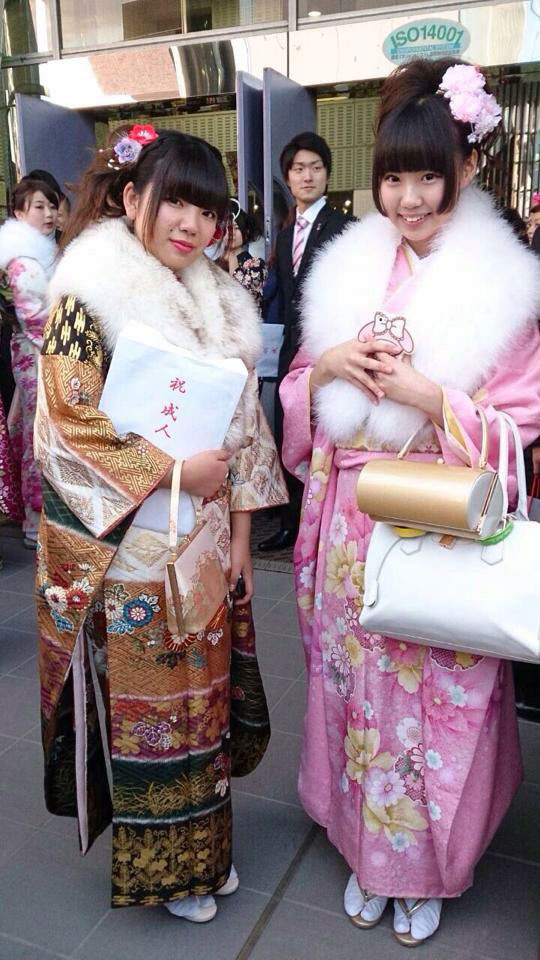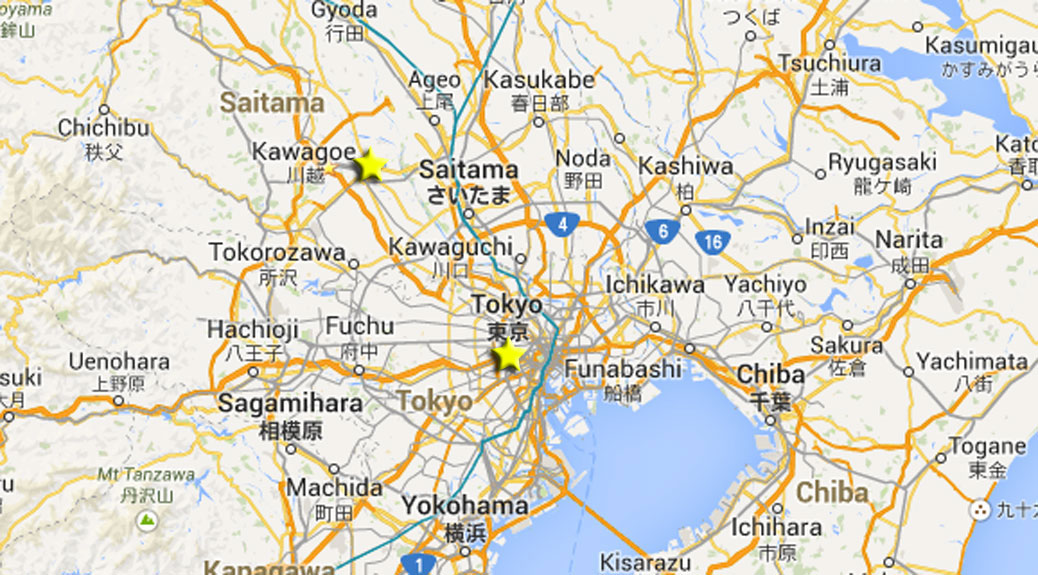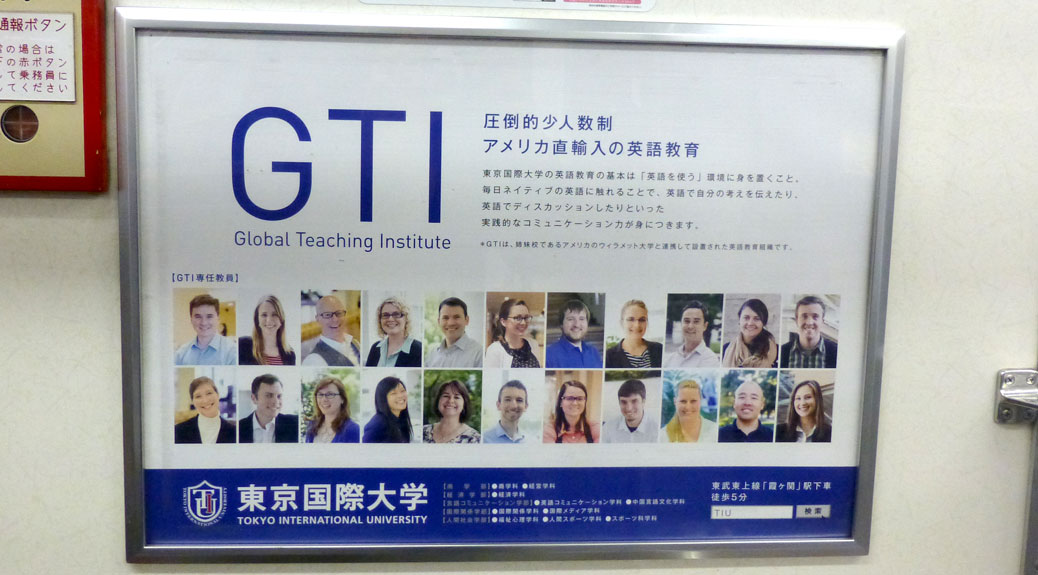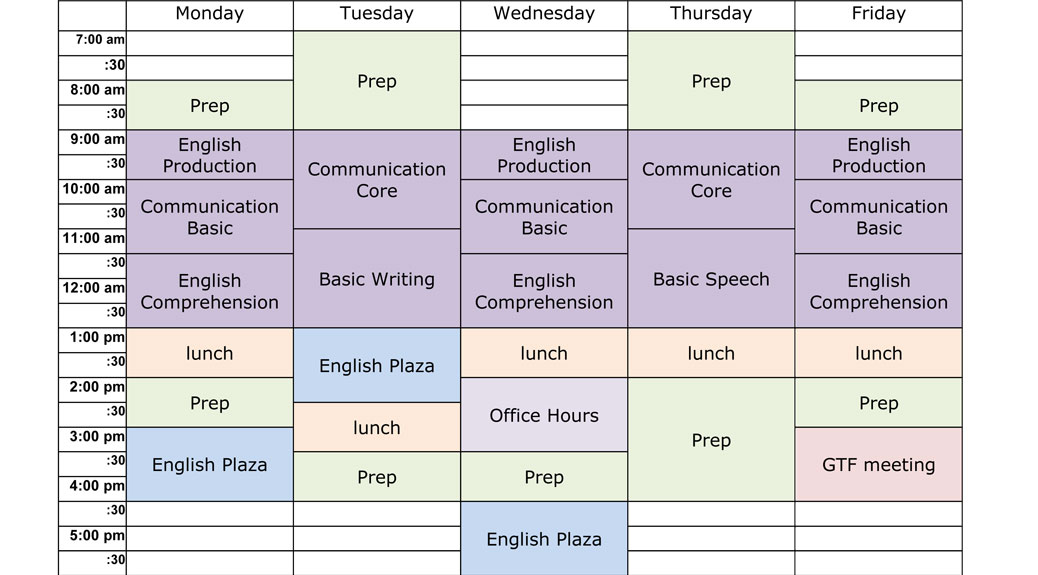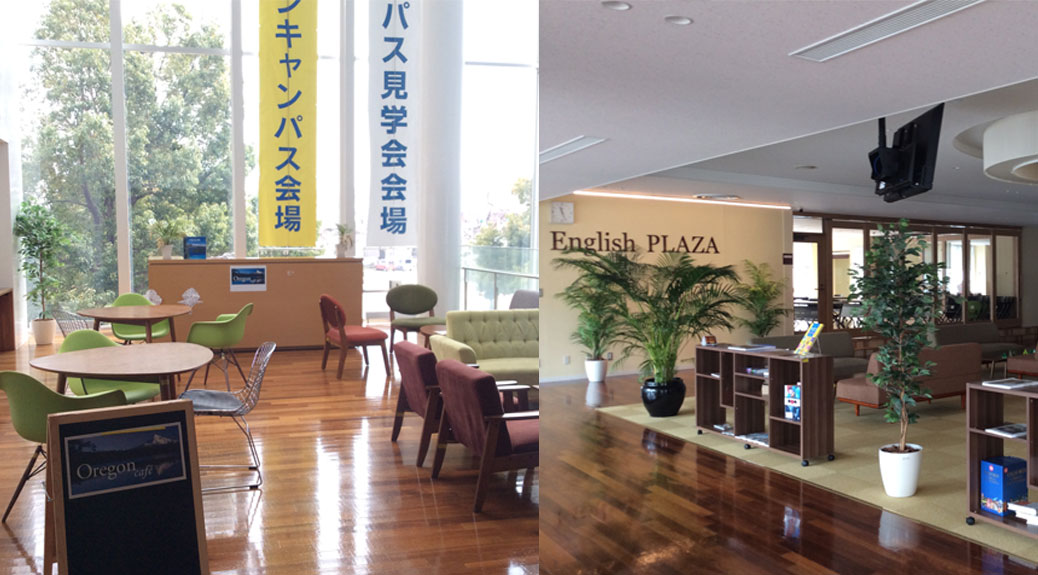Thanks to the university choosing to celebrate the 50th anniversary of its founding by canceling Friday classes, we were gifted an extra-long weekend and made a trip to Nikkō. Located in Tochigi Prefecture, about three hours north of Kawagoe via local trains, Nikkō is a popular destination for viewing koyo, or “fall colors” thanks to its high elevations around picturesque Lake Chūzenji.
Day 1: Kanmangafuchi Abyss
We arrived Thursday afternoon amidst a light but steady drizzle. We caught a local bus to our ryokan, the Turtle Inn, alongside the Daiya River. After dropping our bags, we took a short walk to Kanmangafuchi Abyss, an ancient gorge formed by the eruption of Mount Nantai.
Along the way, we saw the beginnings of fall in Stone Park before arriving to a line of 70 stone Jizo statues. Known as “Bake Jizo” or “Ghost Jizo”, the Buddhist statue is believed to be the protector of children, especially those who pass away before their parents. The statues are a common sight in Japan, usually clad in knitted hats and bibs that are often provided by the grieving parents.
After our short hike, we went to Bell, a small, family-run cafe that features yuba—Nikkō’s local speciality—in a large set meal. Yuba is the skin that forms on the top of boiled soy milk and takes on the flavors of the surrounding ingredients much like tofu. Their delicious “Monk’s Diet” set featured six different vegetarian preparations of yuba.
Click any photo in the gallery to see a larger version and start a slideshow view
Day 2: Senjogahara Hike
We were met with a misty rain on the morning of our second day as well. We boarded the bus for the hour-plus ride out past the north end of Lake Chūzenji. As we wound through the curvy mountain roads, the sky began to clear up, turning into a cool but pleasant day.
English-language maps are located all over town featuring useful guides to get the most out of a Nikkō visit. We chose the 6.3km hiking course from Yutaki Falls through the Senjogahara Marshlands ending at Ryuzu Falls. The course begins at the massive Yutaki Falls where those traveling by car stop before continuing on to the Yumoto Hot Springs.
After snapping a few pictures, we ventured out onto the trail, which mostly consists of newly-built boardwalks that keep your feet out of the muck while protecting the natural habitat from the thousands of daily visitors. The crowds thinned considerably as we moved away from the falls. The scenery is beautiful as it evolves from dense forest to the open plains of Senjogahara Marshlands. The scenery is framed by the nearby mountain range, anchored by Mt. Nantai, Nikkō’s answer to Mt. Fuji. We ended at Shobugahama Beach on the north shore of Lake Chūzenji before catching a bus back to the city.
That night, we headed toward the city center to find dinner. Although it was a Friday night, many of the restaurants were closed despite the streets crawling with tourists. While looking at cheap Ukiyo-e prints, we bumped into a couple from San Francisco who were looking for a nearby vegetarian restaurant (among those already closed for the night). We chatted for awhile and gave them directions to the place we ate the night before.
As we popped in and out of the other restaurants trying to find a vegetarian-friendly meal, we ran into them again. They’d been doing the same, showing their vegetarian travel card to every shop owner before being turned away due to the fish broth, or fish chunks or fish fish. This time they stuck with us and together we tried to find a place to eat. Thanks to TripAdvisor, we finally arrived at Maruhide Shokudo.
The hostess invited us into the small restaurant and started going through the menu with us in Japanese with a little bit of English. With a few modifications, we came up with a pretty good selection of food, including a teriyaki yuba burger—sort of like shredded roast beef—and yuba-filled potato and soy croquettes. We shared travel stories (they’d lived in Hong Kong and Sydney for short periods) and enjoyed the great meal with new friends.
Click any photo in the gallery to see a larger version and start a slideshow view
Day 3: World Heritage Shrines and Temples
For our last day, we stayed in town to visit the UNESCO World Heritage-designated Shrines and Temples of Nikkō. Two Shinto shrines (Futarasan Shrine and Tōshō-gū) and one Buddhist temple (Rinnō-ji) make up the complex along with the large cedar forest surrounding the area.
Not unlike the shrines and temples in Kyoto, the Nikkō complex requires a ticket to get in. For 1,300 yen, you get a ticket to Tōshō-gū and entrance to the tomb of Tokugawa Ieyasu. Ieyasu was the founder of the Tokugawa Shogunate which ruled Japan for more than 200 years while laying the groundwork for the Japanese imperialism era of the late 1800s and early 1900s.
Unfortunately, both Tōshō-gū and Futarasan are undergoing major restoration work. Coupled with the large Saturday crowd, the shrines were a little disappointing, but it was still easy to see why they’re an important part of Japan’s history.
The most complete artifact of the complex had to be the Five-Storied Pagoda, originally built in 1650, destroyed by fire and then rebuilt in 1818. It uses a unique center pillar called a shinbashira for support which has long been thought to be the reason pagodas perform well in earthquakes. Over the past 1,400 years, only two pagodas have collapsed in earthquakes.
After a self-guided tour and a short coffee stop, we set out for another walking tour. The Takino’o Path heads up into the cedar forest, visiting some unique shrines and natural sights. It was a great way to escape the crowds at the shrines and enjoy one last bit of peace and quiet before heading back into the city.
Click any photo in the gallery to see a larger version and start a slideshow view
Visiting Nikkō
Nikkō is a popular day trip for tourists as it’s less than two hours from Tokyo by Shinkansen. The All-Nikkō Pass can be reserved online and provide a great discount on train and bus fare.
We stayed near the shrine area and while we enjoyed our ryokan, we probably would choose something in the Lake Chūzenji area next time. If the natural sights and hiking are your thing, I’d recommend the same. If you’re more into shopping, eating and the shrines, staying closer to the station is a better option. The bus between the areas takes about an hour and costs anywhere from 1,000-1,500 yen each way.

